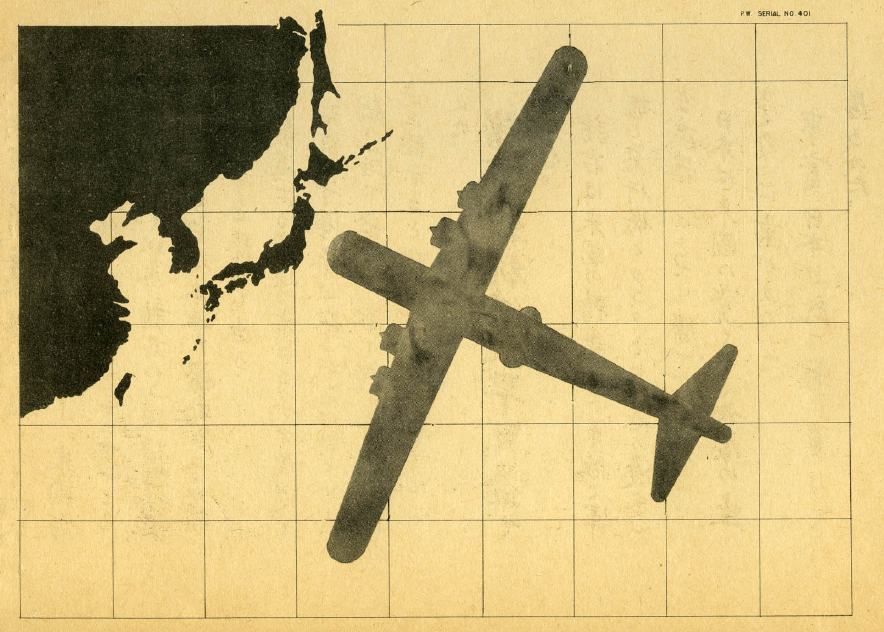
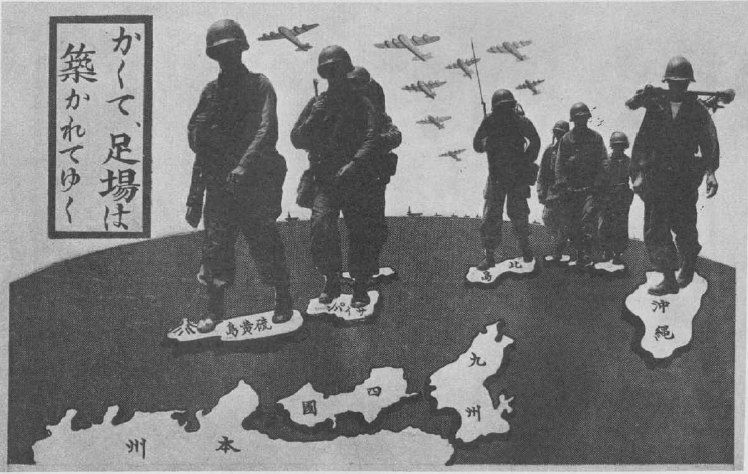

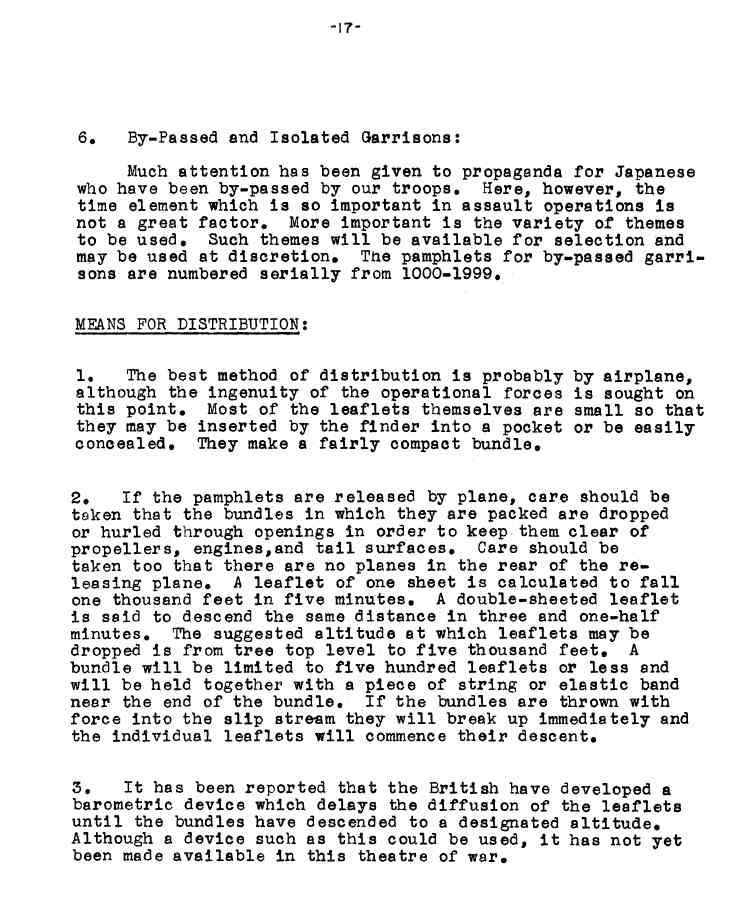
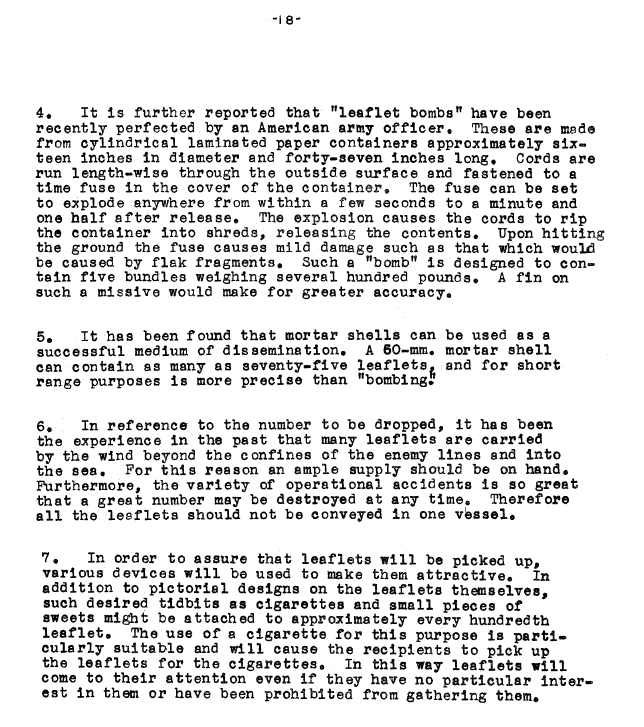
WWII American Propaganda and Psychological Warfare Documents
$19.50
Description
US Psychological Warfare in the Pacific Theater
Timeline of Main Events
- Pre-1942: Development of the concept of psychological warfare as a tool in military campaigns.
- 1942:The Office of War Information (OWI) is created in the United States. Its mission includes domestic morale-building, promoting war-related behaviors, and psychological warfare against enemies.
- The OWI establishes the Psychological Warfare Branch (PWB) to direct propaganda efforts aimed at enemy forces and civilians.
- During World War II (1942-1945):The PWB, in conjunction with branches of the armed forces, conducts large-scale propaganda campaigns in the Pacific Theater, primarily using printed leaflets and radio broadcasts.
- US forces employ leaflets to demoralize Japanese troops, encourage surrender, and undermine civilian support for the war effort.
- Leaflet themes include highlighting American military strength, the futility of resistance, the hopelessness of the Japanese situation, the destruction of Japan by bombings, and promises of humane treatment for prisoners.
- Leaflet distribution becomes a significant part of military operations in the Pacific.
- The Propaganda and Psychological Warfare Section of the United States Pacific Fleet and Pacific Ocean Areas (CINCPAC-CINCPOA) defines propaganda, establishes guidelines for creation and dissemination of propaganda.
- 1944:CINCPAC-CINCPOA publishes “Psychological Warfare Part 1 & Part 2,” reports outlining the principles and methods of propaganda use in the Pacific.
- Reports establish guidelines for the content of propaganda leaflets; for example, avoiding reference to the Emperor and refraining from using words for “surrender” or “prisoner of war”.
- April 6, 1945 – September 1, 1945Intelligence and Leaflet Unit, Area III produces 8 issues of the “Leaflet News Letter” for overseas military personnel involved in the psychological warfare.
- The newsletter covers the results of recent leaflet operations, provides notes on leaflet writing, and discusses the use of prisoners of war in leaflet production.
- June 1945:American bombers begin frequent raids against Japan.
- Leaflets highlight the vulnerability of the Japanese homeland and the progress of American forces.
- Leaflet Serial Number 401 is distributed, depicting an American bomber headed to Japan and emphasizing the futility of resistance.
- Leaflet Serial Number 2013 is distributed, focusing on civilians and urging them to demand an end to the war to avoid the destruction of Japan.
- August 15, 1945:CINCPAC-CINCPOA issues bulletin no. 164-45, “Psychological Warfare Part 2, Supplement Number 2”, which contains additional leaflet samples for distribution.
- Leaflet Serial Number 2093 is distributed, presenting stark figures of Japanese losses in battles and warning of the impending invasion of the homeland, urging citizens to oust the military and seek peace.
- Late World War II (approximately June-September 1945):The US drops almost 100 million leaflets in the Pacific theater.
- Psychological warfare operations reach their peak as the war concludes.
Cast of Characters (Principal People/Organizations)
- Office of War Information (OWI): A U.S. government agency created during World War II to consolidate government information services. Its primary functions included boosting morale at home, encouraging behaviors beneficial to the war effort, and conducting psychological warfare against the enemy.
- Psychological Warfare Branch (PWB): A branch of the OWI specifically created to manage and execute psychological warfare campaigns, including the creation of leaflets and radio broadcasts aimed at demoralizing enemy forces and civilians.
- Propaganda and Psychological Warfare Section of the United States Pacific Fleet and Pacific Ocean Areas (CINCPAC-CINCPOA): A joint military organization that established operational guidelines for propaganda used in the Pacific Theater. They emphasized a systematic approach aimed at reducing enemy resistance, including how propaganda would shorten the war and save lives. They also created standards on the content of leaflets and their dissemination.
- Intelligence and Leaflet Unit, Area III: An organization responsible for developing and disseminating leaflets, as well as writing the “Leaflet News Letter” for military personnel involved in psychological warfare in the Far East.
- Allan Winkler: Author of “The Politics of Propaganda: The Office of War Information, 1942-1945.” His book provides insights into the scale and methods of American propaganda efforts during WWII.
- US Military Personnel: Individuals serving in the US military, involved in the creation, distribution, and implementation of propaganda leaflets in the Pacific theater. They are the primary audience for the “Leaflet News Letter,” which provided guidance on their work.
This extensive archive compiles over 1,200 pages of World War II materials, sourced from prominent US military archives. It features American propaganda leaflets used in the Pacific theater, along with related psychological warfare documents. These documents, some in Japanese and Korean with English translations, detail the strategic use of propaganda. The collection also includes Japanese leaflets aimed at Allied forces. The compilation comprises 730 leaflet images and nearly 500 pages of supporting documentation.
World War II highlighted the growing importance of psychological warfare in military strategy; a US Pacific Fleet report defines propaganda as a deliberate manipulation of enemy thoughts and actions to achieve military objectives, ultimately aiming to shorten the war and minimize casualties. The US Office of War Information (OWI) aimed to boost domestic morale and support the war effort. Its messages, disseminated via posters, radio, and the press, focused on initiatives like material donations, war bond purchases, women’s war work, resource conservation, and counter-espionage.
Conversely, the OWI’s Psychological Warfare Branch (PWB) targeted enemy populations. Its goal was to undermine enemy soldiers’ spirits and civilian support for the Axis powers through radio and print propaganda.
The OWI collaborated with the military on extensive WWII propaganda campaigns. Print and radio were the main tools, with leaflet drops becoming increasingly prevalent. Winkler’s book, “The Politics of Propaganda,” notes that the PWB dropped a massive number of leaflets in the Pacific, particularly in the final stages of the war against Japan. American leaflets distributed in the Pacific during World War II aimed to counter Japanese propaganda about mistreatment of prisoners, demoralize Japanese troops by highlighting Allied advances, evoke homesickness and anti-leadership sentiment among Japanese soldiers, convince them of the futility of continued fighting, encourage surrender by promising humane treatment, and showcase American military might.
Two 1944 reports from the US Pacific Fleet detail the strategies and tactics behind this propaganda campaign, including the creation and distribution of leaflets aimed at prisoner capture and demoralizing isolated units. These reports outline specific propaganda themes and distribution plans.
The reports provide guidelines for leaflet content, specifically advising against mentioning the Emperor and avoiding Japanese words for surrender and prisoner of war.
A supplementary document showcases example leaflets with explanations of their purpose, design, translation, and analysis. A later bulletin, number 164-45 from August 15th, 1945, provides further examples of psychological warfare leaflets distributed after two earlier reports.
Eight issues of the “Leaflet News Letter,” totaling 228 pages, were compiled by Area III’s Intelligence and Leaflet Unit between April 6th and September 1st, 1945.
This newsletter, typed and mimeographed, served as a resource for Far East-based military personnel involved in psychological warfare, specifically leaflet creation and distribution.
Recurring themes included analyses of past leaflet campaigns, leaflet writing guidance, and the involvement of prisoners of war in leaflet production. Articles covered diverse topics such as the airman’s role in psychological warfare, the treatment of past emperors, a beginner’s guide to leaflet writing, 8th Air Force leaflet operations, factors influencing Japanese soldier responses to Allied propaganda, and leaflets used in the Okinawa campaign.
Leaflet number 401, measuring 6 by 9 inches, depicts an American bomber approaching Japan. Its purpose was to undermine Japanese morale before anticipated American attacks. The image emphasized the futility of resistance, even on the Japanese home islands, due to the reach of American air power. The Japanese text on the back reinforced this message. Leaflet 2013: The recent bombing campaign and island conquests have instilled fear in Japan’s leadership, evidenced by their coastal defense preparations against an anticipated invasion. However, continued resistance is pointless; Japan’s military capabilities are no match for the superior American firepower and industrial capacity. The war is already lost for Japan.
Leaflet 2093: This leaflet, aimed at Japanese civilians, uses a familiar proverb to persuade them that surrendering is preferable to national devastation. The reverse side urges civilians to pressure their leaders into ending the war to stop the ongoing bombing raids, arguing that the military leadership’s continued fighting stems from self-preservation, not the well-being of the Japanese people. The battles of Saipan, Iwo Jima, the Philippines, and Okinawa resulted in significant Japanese military losses: 26,000 on Saipan, 23,000 on Iwo Jima, over 410,000 in the Philippines, and 105,000 on Okinawa.
The overwhelming American material advantage proved insurmountable for the Japanese, whose reliance on spiritual strength was insufficient. Despite any sympathy for the Japanese people, the Americans intend to continue the war until unconditional surrender. Okinawa now serves as a major airbase for attacks on Japan, with further expansion underway, creating a significant staging area for a mainland invasion. The invasion of Japan is imminent. Allied forces, victorious in Europe, are poised to invade Japan. The ensuing devastation from modern warfare will be unimaginable. Will Japan’s leaders continue fighting until total destruction? If so, Japan faces complete annihilation, a catastrophic loss of life.
However, Japan can avoid this fate by removing its military leaders and negotiating peace with the Americans.
As Americans committed to humanitarian ideals, we cherish humanity more than you do. Surrender will allow us to help rebuild a democratic Japan.
Related products
-

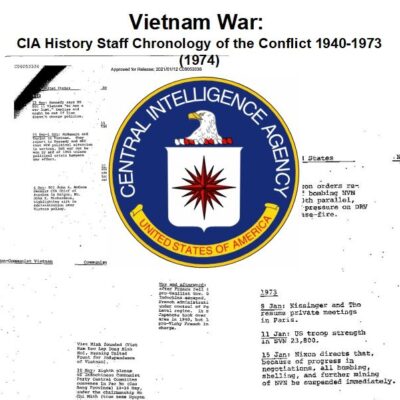
Vietnam War: CIA Chronology of the Conflict, 1940-1973 (1974)
$1.99 Add to Cart -
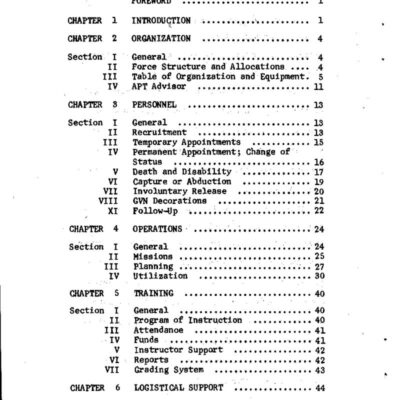
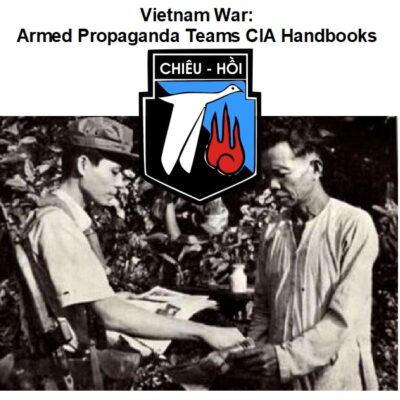
Vietnam War: Armed Propaganda Teams CIA Handbooks
$1.99 Add to Cart -
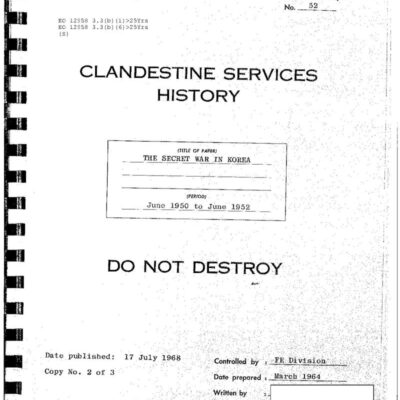
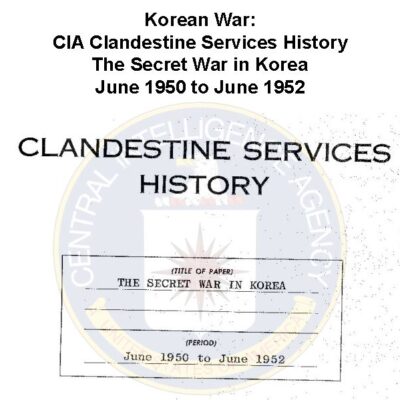
Korean War: CIA Covert Operations History – The Secret Conflict in Korea
$3.94 Add to Cart -
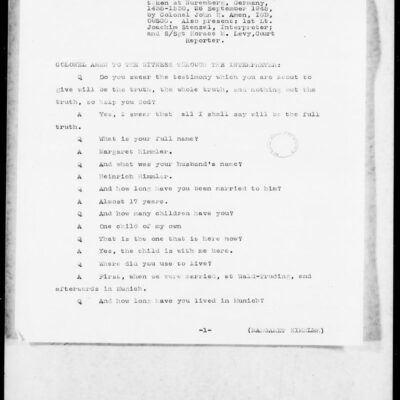
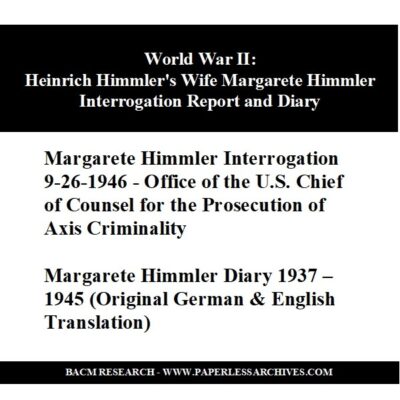
World War II: Interrogation Report and Diary of Margarete Himmler, Wife of Heinrich Himmler
$3.94 Add to Cart